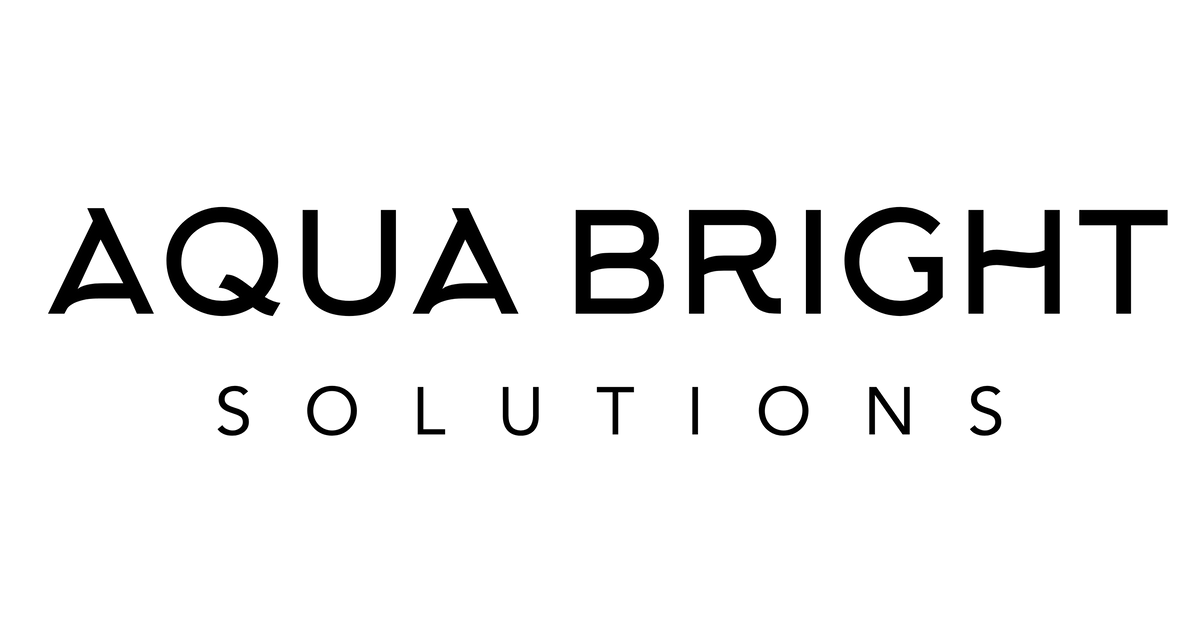- Joined
- Feb 15, 2012
- Messages
- 4,735
- Reaction score
- 3,412
Ok, so... you stick with that though to sleep well tonight.You can tell yourself whatever helps you sleep at night.
The reality is that marketers are going to market what is in supply and profitable and in demand by consumers. The problem is that supply has been removed (globally) and marketers have moved on to what they can supply and profit from. It has nothing to do with viability to grow coral.






















